We all hate roaches.
Aside from the fact that they spread infections, they are also recognized for their squeamish factor. Seeing one or two inside the house isn’t a big concern, but if you discover signs of an infestation, you must move quickly to get rid of them.
These pests can cause diseases and attract other pests into your home.
Before addressing your cockroach problem, you must first answer the question, “Where do roaches hide?”
Only when you know the answer to this question can you address the problem, and you will know where to place cockroach traps.
So, let’s take a look, shall we?
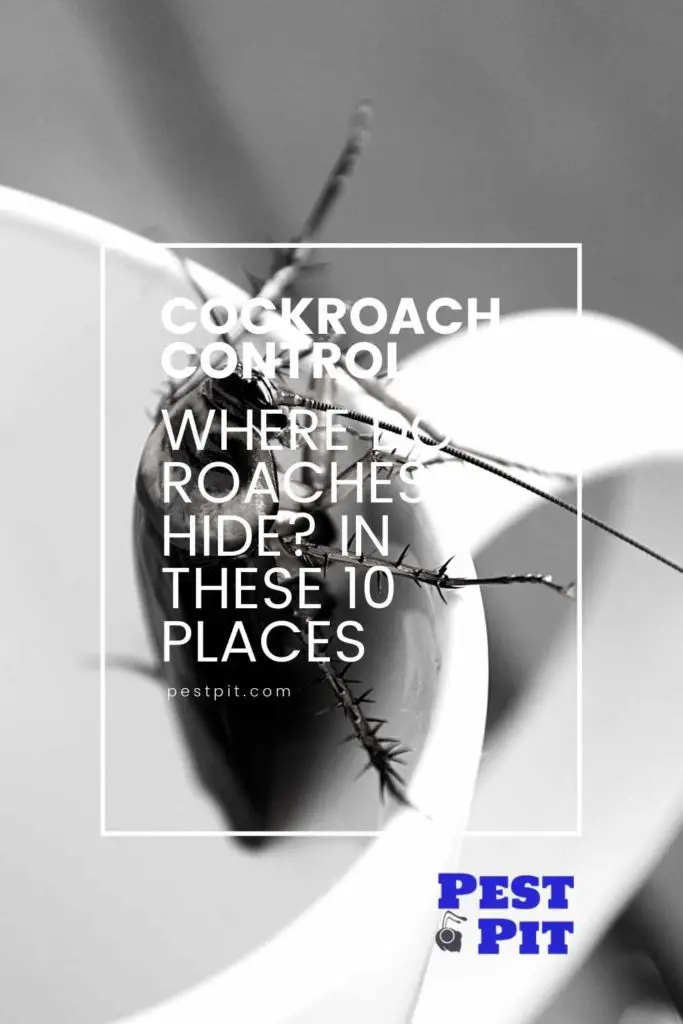
10 Common Places That Roaches Hide In Your House
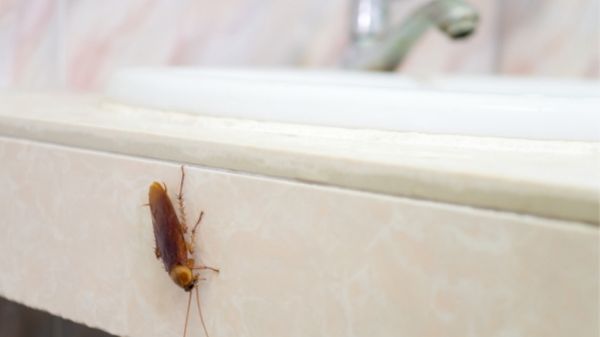
Kitchens
Pests can find everything they need in kitchens, including food, water, and shelter. Their favorite places to play are the dishwashers and sinks. Pests are drawn to areas in the kitchen that have residual food particles.
Unlike many other pests and insects, cockroaches do not keep a low profile during the day or at night. They enjoy crawling all over the area in search of food.
Dish-draining mats and sinks appeal to these bugs as appliances, furniture, floors, and cabinets. Roaches typically wait for the lights to go off before venturing out into the open, searching for food. But, on the other hand, the brave cockroaches aren’t afraid to cross your path now and then.
These bugs generally build their nests within kitchen cupboards, drawers, and under appliances and furniture. The ones that live in the drawers pose a risk because they leave germs and bacteria on the cooking utensils.
Bathrooms
The next place where you are likely to find roaches are the bathrooms. The baths are wet and have pipes running around, which the roaches love.
You might be surprised, but toilets don’t have any food! These locations, however, contain other objects that cockroaches enjoy, such as abandoned paper tissues, soaps, cosmetics, hair strands, and dead skin.
Pipes
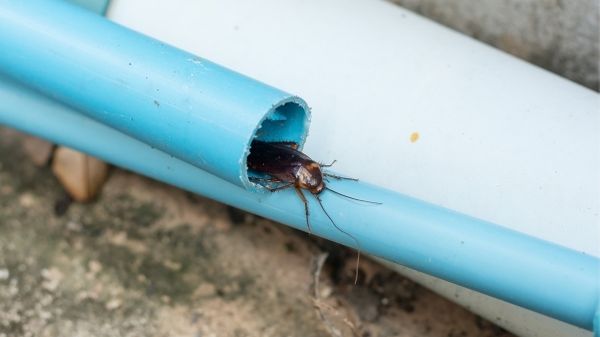
Water and getting wet are two things that roaches enjoy. As a result, they don’t mind settling inside pipes. Instead, the areas of your home where the pipelines contact the walls are ideal for cockroaches to hide.
They are constantly releasing droplets of condensation that roaches enjoy being around. Exposed pipelines on the walls make excellent hiding places for them.
Cupboards, Cabinets, and Closets
Roaches breed in enclosed spaces such as closets and even lay eggs there. They also enjoy exploring every nook and cranny of the cupboards, kitchen cabinets, and closets.
Anyone who has pulled out kitchen drawers or cabinets will understand what we mean after a long time. Did you know that these bugs prefer to be hung upside-down?
Yes, it appears so. Roaches can be found hidden in the upper interior corners of your cabinets and cupboards.
Appliances
We would never seek roaches in these places. But, unfortunately, they enjoy spending time inside and under our appliances at all hours of the day and night.
Cockroaches can find warm and comfortable nooks and crannies in refrigerators and stoves. During the day, they seek refuge in such locations.
Water heaters are said to be the finest breeding grounds for them since they have access to water and warmth and low human traffic.
Blenders, coffee makers, toasters, and microwaves are other popular hangouts on kitchen countertops. Did we forget to mention that toasters supply them with wonderful breadcrumbs to eat?
Furniture
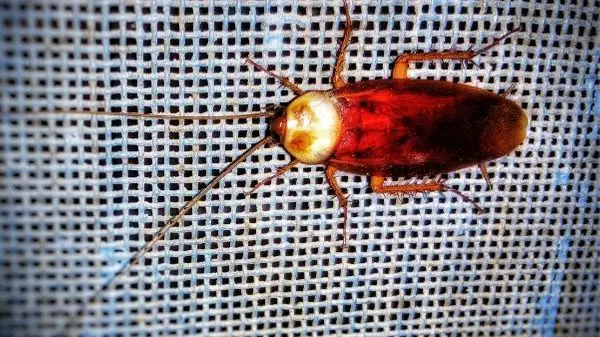
What is it about comfortable furniture that we find so appealing? They appeal to roaches because they are warm, soft, and hard.
Their flat bodies can fit into your furniture’s smallest nooks and crevices. They adore the feel of the upholstery against their upper and lower bodies.
The interior of comfortable furniture is an ideal place for these bugs to hide and breed.
They can create tens of thousands of tiny roaches in just a few weeks. You will find colonies of eggs inside them if you thoroughly clean them. Under chairs and tables, white and yellow casings can be found.
If you are really unlucky, you can get cockroaches crawling over you at night trying to find a nice warm place.
Cardboard and Paper
Roaches enjoy eating paper and cardboard. Even envelope glue entices them to enter your home. The fragrance and texture of stacks of paper, glue, and cardboard from beverage boxes and food are ideal places for them to eat, hide, and seek refuge.
They also leave feces and bacteria tracks all over the place. They also degrade the paper boxes by generating acids and oils that break down the fibers in the paper, stinking up the place and attracting other pests.
Inside electronics and decor
Roaches can be found hiding inside books on shelves, within and beneath light fixtures and gadgets, and inside other décor items and trinkets.
They will emerge from their hiding places the soon you move anything. They may cause damage to electronics if they make nests inside them. To prevent roaches from establishing colonies within electronics, clean these things once a month.
Baseboards and Trim
Under window and door moldings, there are dark, thin, and tight regions that are ideal for roaches to hide.
Don’t be shocked if you find them in wall crevices. If you ever wake up in the middle of the night, you will observe roaches racing around, only to vanish in the blink of an eye.
You could not provide a plausible explanation for this since these areas are so small that they are almost invisible to our sight.
Ceilings
On occasion, roaches have been detected on the ceilings, particularly in gloomy spaces. They feel safe in dark places and frequently roam the upside-down ceilings.
When searching for cockroaches, it is always good to look up. You may find some looking back down at you from the ceiling!
Conclusion
Roaches are dirty pests because they contain disease-causing bacteria on their bodies that can be passed on to our food and bodies. Therefore, it would be preferable to get rid of them as soon as possible.
We must keep any infestations out of our homes to maintain excellent health. The best preventive step is to keep our living areas clean and clutter-free. They should not enter your home if they do not have access to food and water.
Along with keeping a clean atmosphere, storing food in tightly sealed containers reduces the likelihood of a cockroach infestation.
Once you’ve discovered roaches hiding in your home, you’ll know where to place the roach bait.
Good luck!

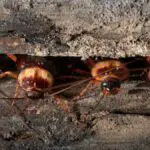
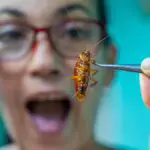

my very nasty neighbor, in a frustrated frenzy unleashed 3/cans of ‘RAID’ in his kitchen that is attached to mine. My senior dog and I spent the afternoon on the balcony trying to breathe thru the toxicity of the Raid-chemical.Two days later he repeated his ‘Raid rebel.’ This tenant has all kinds of garbage,cardboard-boxes,cartoons,bags and containers,stored on the shared balcony for more than 3/months now.He disposes his cat litter on the balcony. I invest hundreds of $$$,time and energy,to keep these nasty beasts from my place, but all is futile bc of this nasty tenant. Is there any recourse or advice out there for ppl like me, and in my situation? The property managers/ building owners have given up in frustration with this tenant. Any help/ advice? Thanks.
Hi
I am not sure what the rules and regulations are in your area, however, I would certainly be pushing the property managers for a resolution. Is there a local resource that you can complain to about the state of your neighbors living situation?
Kind regards